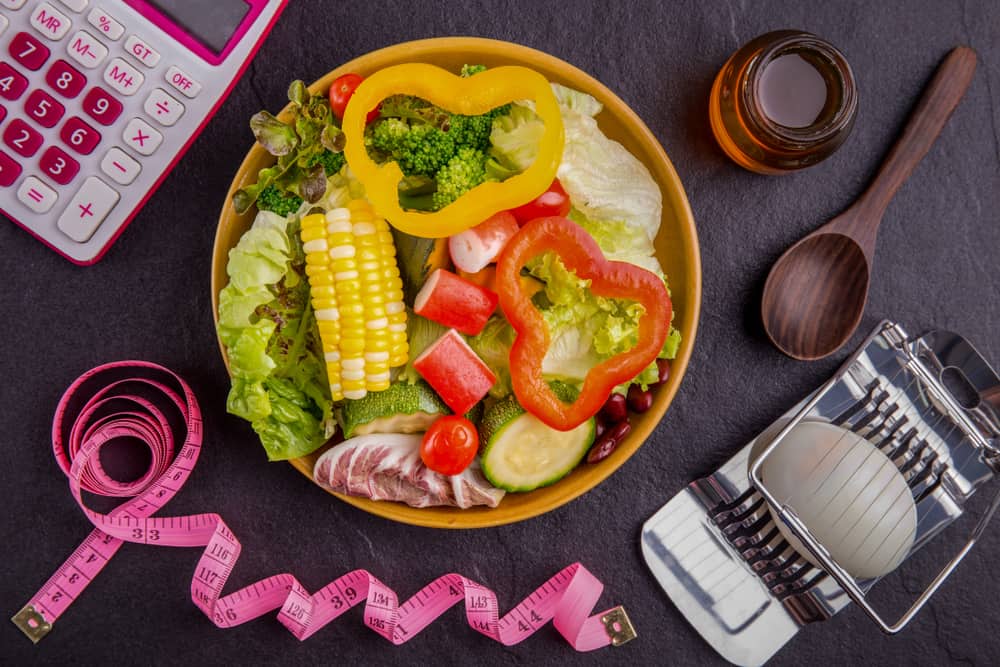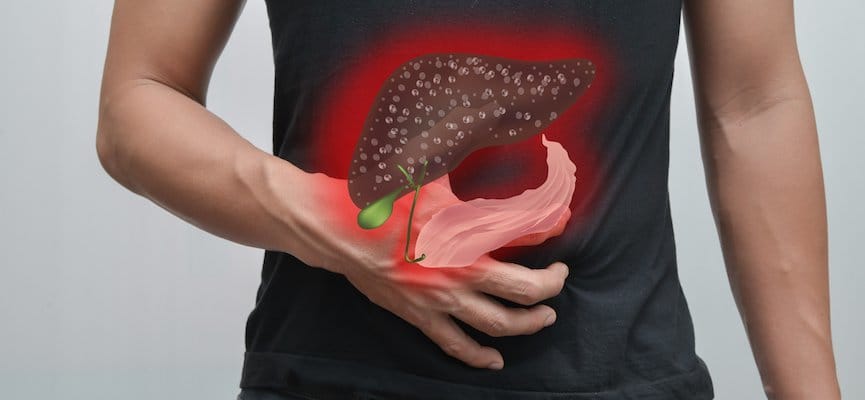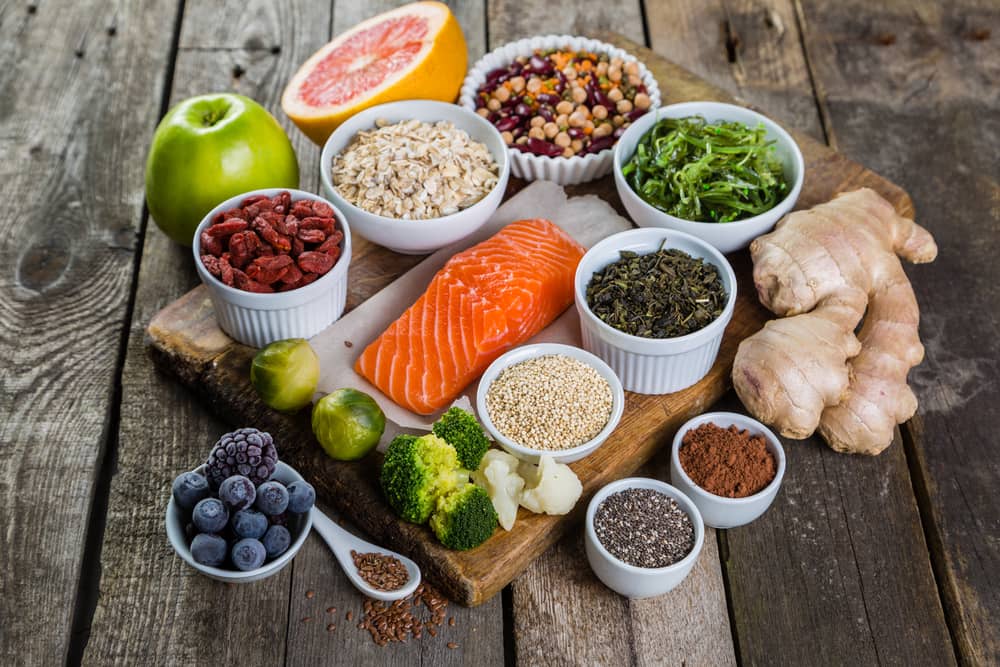Contents:
- Medical Video: Making Carbs Count
- How to calculate carbohydrates passing carbohydrate counting
- How effective carbohydrate counting to help diabetics manage meal portions?
- So, how do you implement this system?
- Also calculate your daily carbohydrate intake
Medical Video: Making Carbs Count
Diabetics should not just eat so that their blood sugar does not increase. In addition to adjusting the meal portion, you also need to count carbohydrates in each meal. The reason is, you can have a small portion of food but it turns out the menu is still high in carbohydrates. This is dangerous. Excessive carbohydrate intake can increase blood sugar levels. So, calculate your daily carbohydrates through techniques carbohydrate counting. However, how effective is this?
How to calculate carbohydrates passing carbohydrate counting
Carbohydrate counting is a way to calculate carbohydrates in every food you consume. The method is enough to look at the description of carbohydrate content in food packaging labels.
Aim carbohydrate counting is to give freedom for people with diabetes to determine their food source, without having to worry about raising their blood sugar. So, if someday you want to eat foods that are usually challenged, for example fast food, You only have to see the carbohydrate content.
How effective carbohydrate counting to help diabetics manage meal portions?
Manage healthy eating patterns through techniques carbohydrate counting can greatly help diabetics to keep their blood sugar levels stable. This is because carbohydrates have a huge influence on how the body produces blood sugar.
Carbohydrates are one of the main nutrients found in food and beverages, in addition to protein and fat. Food carbohydrates are converted by the body with the help of the hormone insulin into sugar (glucose) which is then channeled into the bloodstream to be used as energy.
Unfortunately, diabetes makes your body no longer able to produce the hormone insulin. In fact, insulin serves to control blood sugar levels. Too many carbohydrates you eat, but the body doesn't produce enough insulin, it can increase blood sugar to dangerous levels.
If you manage to keep your blood sugar levels stable through a healthy and balanced diet, this can help reduce the risk of diabetes complications such as kidney disease, blindness, nerve damage, vascular disease that causes heart attacks, strokes, and amputations.
Set the pattern of eating through carbohydrate counting also helps the body healthier and overall stamina. Because, high-carbohydrate simple foods can drop blood sugar levels in a short time after eating. That is why many people feel weak and sleepy after eating. This condition is called hypoglycemia, and can be very dangerous for people with diabetes.
The benefits of carbohydrate counting will be felt even more if you balance it with physical activity and discipline to take diabetes medication. A healthy lifestyle can help control your blood glucose balance.
So, how do you implement this system?
The main key to implementing a carbohydrate calculation system is simply by calculating food ingredients that contain carbohydrates only. You can find out how much carbohydrate in the food you eat by checking the nutritional label printed on the packaging.
While to find out the amount of carbohydrates in home-made food yourself, you need to estimate and add grams of carbohydrates from each ingredient of the food you use.
To find out this, you can use a carbohydrate counting guidebook or search on a site that lists carbohydrate content from home food ingredients to estimate the amount of carbohydrates in one portion.
Based on Household Size (URT), here is a list of some of the carbohydrate content in foods that you often consume daily:
- 3/4 cup (100 grams) white rice = 40 grams of carbohydrates
- 2 slices of whole wheat bread = 40 grams of carbohydrates
- 4 biscuits = 40 grams of carbohydrates
- 5 1/2 tbsp (45 grams) oatmeal = 40 grams
- 1 1/2 pieces (120 grams) cassava = 40 grams
- 1 portion (100 grams) of gado-gado = 14.5 grams of carbohydrates
- 1 portion (100 grams) of ketoprak = 22 grams of carbohydrates
- 1 serving (70 grams) vegetable curry = 2.5 grams of carbohydrates
- 1 portion (100 grams) of pickled vegetables = 14.5 grams of carbohydrates
- 1 1/2 pieces (100 grams) bakwan = 32.5 grams of carbohydrates
- 1 serving (100 grams) instant fried vermicelli = 80 grams of carbohydrates
- 1 piece (100 grams) of martabak eggs = 32 grams of carbohydrates
- 1 piece (100 grams) of sweet fruit = 42 grams of carbohydrates
- 1 serving (100 grams) of chicken noodles = 10 grams of carbohydrates
- 1 portion (100 grams) of meatball noodles = 20 grams of carbohydrates
- 10 pieces (100 grams) fried shrimp crackers = 60 grams of carbohydrates
- 1 serving (100 grams) of potato chips = 60 grams of carbohydrates
By knowing the amount of carbohydrates in the food you consume, you can find out whether your carbohydrate intake every day is excessive or even lacking.
Also calculate your daily carbohydrate intake
Generally women need carbohydrate intake as much as 45-60 grams and men 60-75 grams per meal. As for the morning and evening interlude, both men and women need carbohydrate intake which ranges from 0-30 grams.
The explanation above may be a number that is common to many people. To find out the right amount for yourself, you should consult this with your doctor and nutritionist.
It is important to remember if the same carbohydrate content does not always contain the same other nutrients. That is why, it is also important for you to keep an eye on balanced nutritional intake when implementing this system.












